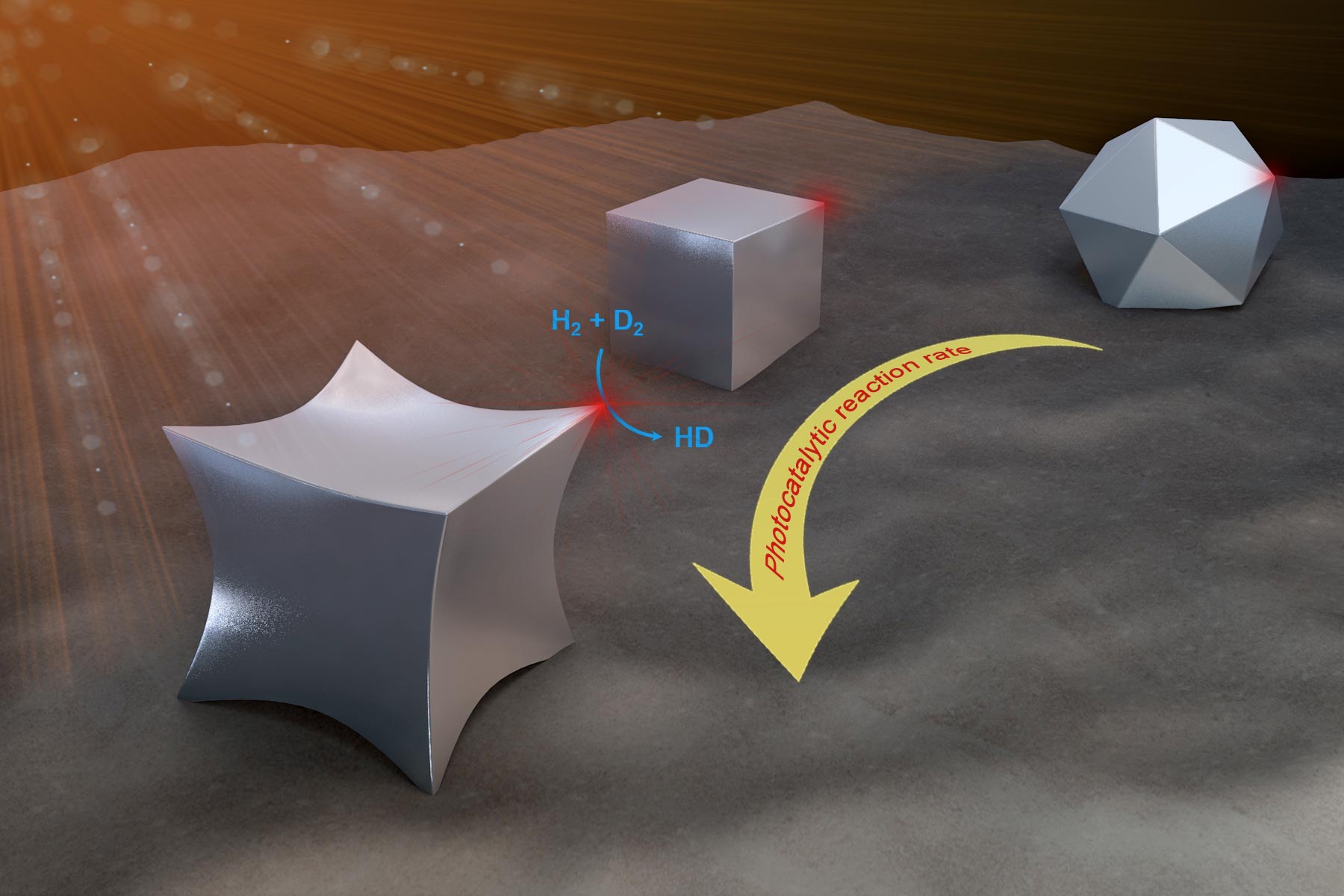
**Chemists Unveil Groundbreaking Catalysts for Decomposing ‘Forever Chemicals’**
Researchers from China and the United States have achieved remarkable progress in tackling one of the most urgent environmental issues we face today: the degradation of per- and polyfluoroalkyl substances (PFAS), commonly referred to as ‘forever chemicals.’ By employing advanced new classifications of organic photoredox catalysts, these scientists have created light-activated reactions that can effectively sever carbon–fluorine bonds, which rank among the strongest in chemistry. Utilizing these innovative carbon-based catalysts, researchers are paving the way for safer and more eco-friendly approaches to combat PFAS contamination without the need for extreme conditions or detrimental byproducts.
“Our method can eliminate nearly all the fluorine,” remarked **Yan-Biao Kang** from the University of Science and Technology of China (USTC) in Hefei, underscoring the potential of this trailblazing research.
—
### **The Ongoing Challenge of PFAS Contamination**
PFAS, often termed ‘forever chemicals,’ consists of a cluster of synthetic compounds that are widely utilized in both industrial and consumer products due to their exceptional stability. Well-known products like polytetrafluoroethylene (PTFE)—commercially recognized as Teflon®—provide advantages such as non-stick cooking surfaces and water-resistant coatings. Nevertheless, their resilience in chemical structure, primarily influenced by the robust bonds formed between carbon and fluorine, also renders them extremely resistant to environmental degradation.
This stability has troubling implications. PFAS compounds such as perfluorooctanoic acid (PFOA) and perfluorooctane sulfonate (PFOS) have been associated with severe health concerns, which include cancer, immune dysfunction, and developmental complications. These substances linger in ecosystems, permeating soil and aquatic resources. Alarmingly, traditional disposal methods, like incineration, necessitate elevated temperatures above 500°C or the use of toxic chemicals, thereby making PFAS remediation both financially burdensome and environmentally perilous.
—
### **Innovative Solutions: Photoredox Catalysis**
In light of the difficulties associated with PFAS, researchers have begun investigating cutting-edge solutions, such as organic photoredox catalysis. This method utilizes visible light to facilitate reduction and oxidation reactions capable of dismantling the notoriously resilient carbon–fluorine bonds.
Leading this initiative are two research teams—one directed by **Yan-Biao Kang** at USTC and the other led by **Garret Miyake** from Colorado State University, USA. Both groups independently created organic photocatalysts proficient at addressing various PFAS compounds. In contrast to conventional catalysts that frequently depend on precious metals like ruthenium and iridium, these organic alternatives are entirely carbon-based, providing a more sustainable and economical option.
—
### **USTC’s Innovation with the KQGZ Catalyst**
The team at USTC introduced a groundbreaking organic molecule known as **KQGZ**, characterized by interconnected aromatic rings arranged in a unique configuration. This molecule acts as a strong reduction photocatalyst. Under exposure to purple LED light, KQGZ captures energy, permitting its electrons to ascend to high-energy states. These energized electrons can subsequently transfer to the carbon–fluorine bonds present in PFAS, destabilizing them and leading to their fragmentation.
Initially, the researchers evaluated KQGZ on a fluorobenzene molecule but quickly recognized its effectiveness in breaking down PTFE directly. “Interestingly, the PTFE-coated stirring bars turned black after these reactions,” Kang commented, indicating profound alterations at the molecular level. Motivated by these findings, the team successfully utilized the catalyst to defluorinate multiple PFAS compounds, including PFOA and PFOS, achieving nearly complete fluorine atom removal.
—
### **Colorado State University’s Flat-Molecule Catalyst**
Simultaneously, Garret Miyake’s team crafted their organic photoredox catalyst system based on a planar molecule called **BPI** (biperylene imide). Similar to KQGZ, BPI incorporates interconnected aromatic rings, enabling it to absorb visible light and transfer high-energy electrons to disrupt carbon–fluorine bonds. Although Miyake’s team showcased noteworthy results in decomposing PFAS like PFOA, their system was unable to break down or defluorinate PTFE under the conducted reaction conditions.
Despite this challenge, Miyake acknowledged the USTC team’s significant accomplishment in degrading PTFE. “The USTC team’s catalyst’s ability to break down Teflon is truly remarkable,” he stated.
In addition, Miyake and his colleagues investigated the broader applicability of their catalyst. Apart from PFAS degradation, their system also has the capacity to transform carbon–fluorine bonds into new molecules, illustrating the potential for photoredox catalysis in chemical production.
—
### **Consequences for Environmental Chemistry**
The collective efforts of these research teams signify a crucial milestone in the field of environmental chemistry. Traditionally, defluorinating PFAS necessitated ultraviolet (UV) light or high-energy conditions, which posed logistical and economic challenges.